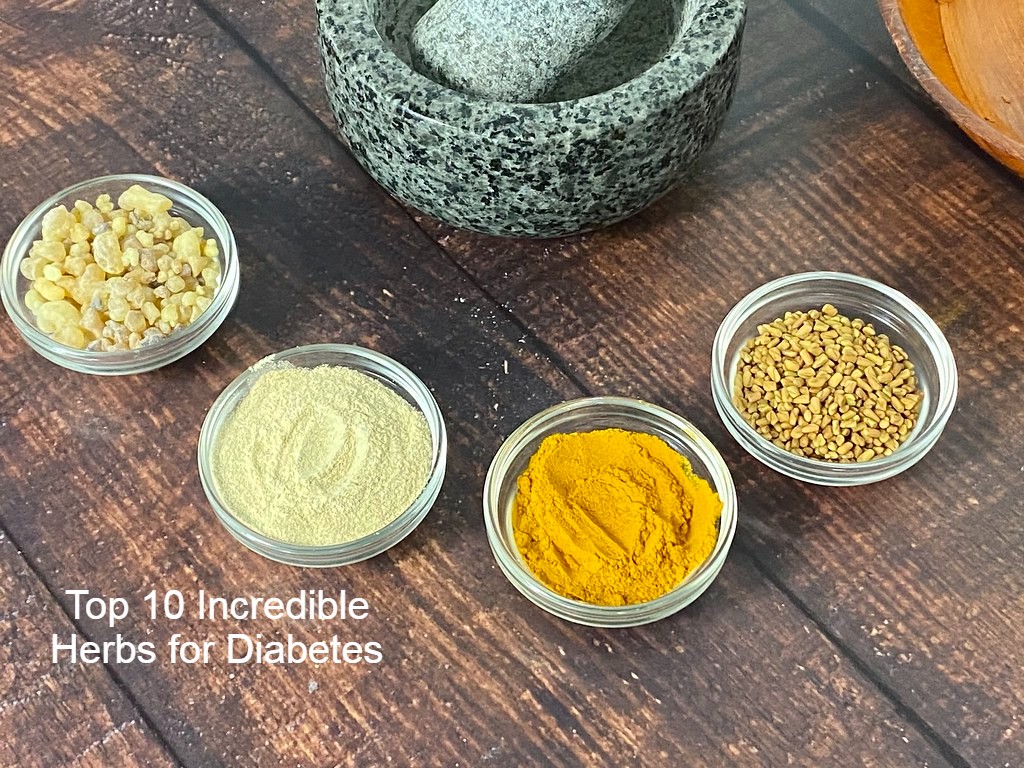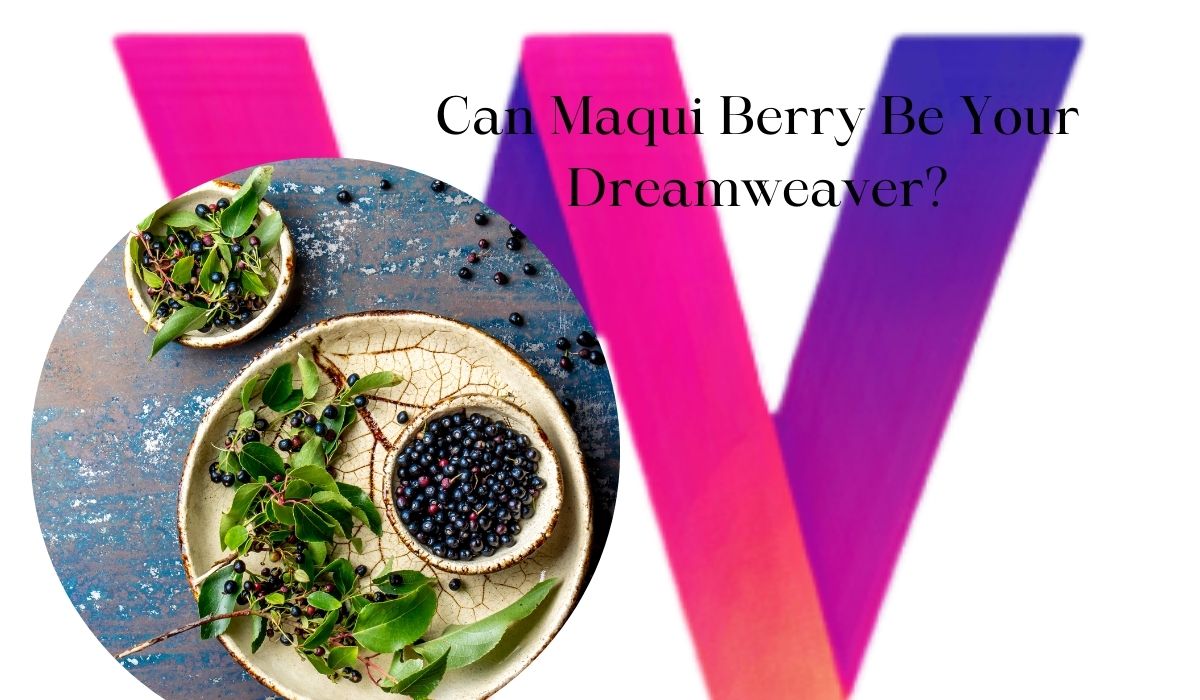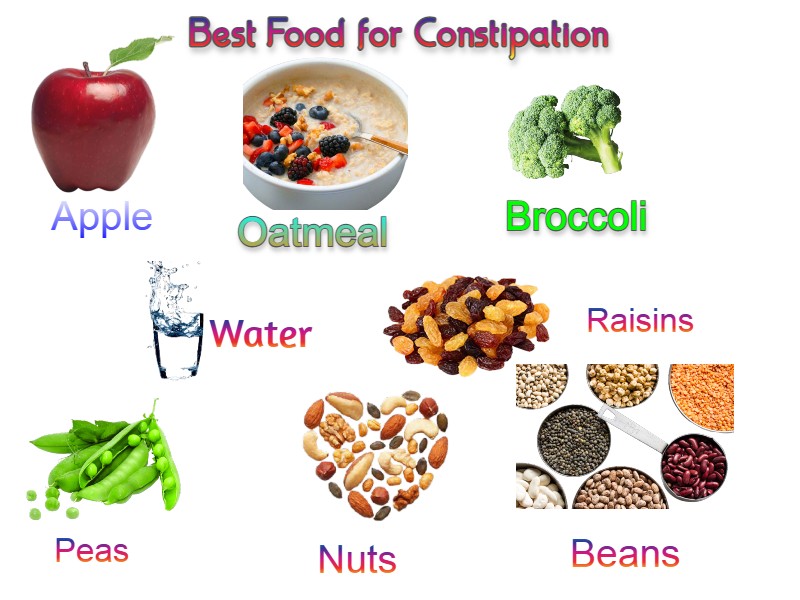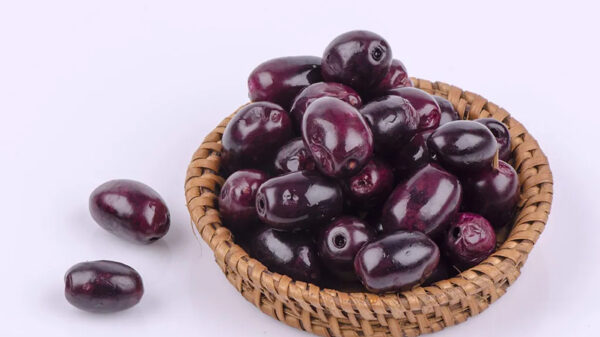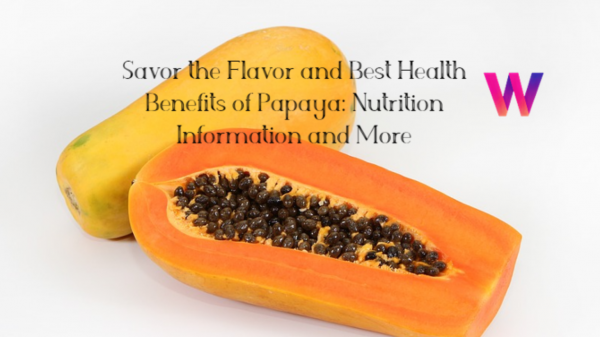Diabetes is one of the most common chronic diseases that affect millions of people worldwide. The incidence of diabetes has been increasing at a rapid pace in recent years, and this trend is predicted to continue for many years to come. It’s easy to see why this disease has become so prevalent: with obesity as an epidemic and too much processed food on our plates, we’re constantly bombarded with harmful chemicals that can wreak havoc on our bodies. So how do you combat this epidemic? You may be surprised to find out that there are actually some natural remedies available!
Incredible Herbs for Diabetes
Fenugreek
Fenugreek is a good source of fiber, and studies have shown that it may reduce insulin resistance. It’s also been shown to help lower blood sugar levels, which is great for people with diabetes.
It’s best to take Fenugreek on an empty stomach for the first time in the morning, then again at lunchtime or dinner time (1/2-1 teaspoon). You can repeat this dose every two hours if your blood sugar starts rising too high after taking Fenugreek.
Fenugreek should not be used together with other herbs like dandelion root; instead, you should consult your doctor before starting treatment with any herb combination if you’re unsure how it will interact with other medications you’re taking or foods that contain certain compounds found in these plants (for example: black walnut).
BUY DIABETES CAPSULES ALTERNATIVELY
Garlic
Garlic is a common herb that’s been used for thousands of years to treat various ailments, including diabetes.
Garlic contains allicin, which has been shown to have beneficial effects on blood sugar levels and cholesterol levels in people with diabetes. In one study, garlic supplements were found to lower fasting blood sugar levels by 11% over 12 weeks and improve insulin sensitivity by 16%. Garlic also helps reduce triglyceride levels (the fats in your bloodstream), oxidative stress caused by elevated LDL cholesterol concentrations and high blood pressure—all factors that may contribute to heart disease or stroke risk.
Onion
Onions are a great source of antioxidants, anti-inflammatory agents and flavonoids. They also contain vitamin C, which helps to prevent oxidative stress. It also contains chromium and manganese that help to regulate blood sugar levels.
The most common way to use onions is by eating raw or cooked onion slices on sandwiches or in salads. You can add them to soups or stews for added flavor as well as boost your immune system by eating them raw!
Bitter Gourd
Bitter gourd is a type of pumpkin that grows on trees. It’s one of the most popular vegetables in India and has been used for centuries to treat diabetes. The leaves are very high in fiber, which helps control blood sugar levels by slowing down the absorption of carbohydrates into your body. Bitter gourd also contains a phytochemical called charantin, which lowers insulin resistance (the ability to use insulin normally) and reduces blood sugar levels. In addition to its effects on blood glucose control, bitter gourd has been shown to help reduce cholesterol levels and triglyceride levels as well.
Aloe Vera
Aloe Vera is a succulent plant that is known to have many health benefits. It has been used since ancient times as a remedy for all sorts of ailments, including diabetes.
Aloe vera helps to lower blood sugar levels and cholesterol levels, which can help reduce the risk of heart disease. It also promotes digestion, lowers inflammation in the body and improves circulation.
Cinnamon
Cinnamon is a spice derived from the inner bark of several trees from the genus Cinnamomum. It is used in both sweet and savory foods. It has also been used as a traditional medicine in China and India.
Stevia
Stevia is a natural sweetener which can be used in place of sugar. It’s also a good option for diabetics, as it has no calories and can be used to sweeten foods without affecting blood sugar levels.
Stevia has been used for centuries as a sweetener in South America and Ayurvedic medicine. Stevia was first discovered by Dr. Azziz Elwan in 1846, who named it after Dr. Azziz Elwan (the Arabic word for “sweet” or “sugar”). The plant itself is actually a small shrub with yellow flowers that grow wild throughout South America and parts of Asia; however it’s grown commercially today because of its high levels of stevioside—a type of glycoside found primarily in the leaves, stem bark, root bark, fruit juice extractions (such as tincture), leaf extracts (tea)
Neem Leaves
Neem leaves are loaded with antioxidants, which help to lower your blood sugar.
They’re also rich in vitamin C and vitamin A, both of which have been shown to have positive effects on eye health.
Basil Leaves
Basil leaves are one of the most popular herbs for diabetes. They have a number of health benefits, including:
- Anti-inflammatory properties.
- Antioxidant properties.
- Anti-microbial properties.
- Anti-diabetic properties
Ginseng
Ginseng is an adaptogen. This means that it helps the body to balance blood sugar levels and lower insulin resistance, which can lead to better control of your diabetes.
Ginseng has been used for thousands of years to help people with diabetes achieve better control, but it’s not just for them! Ginseng can also be used by people who have high cholesterol or other health problems related to their weight.
The above herbs can help to manage Diabetes.
The above herbs can help to manage Diabetes.
- They help to prevent diabetes by regulating the blood sugar levels and preventing the body from getting too much sugar into circulation.
- They also control the production of insulin, which is a hormone that helps regulate your body’s glucose level in response to food intake.
- When you take these herbs regularly, it will help control your blood sugar levels so you don’t have high or low ones all the time (these types of fluctuations may cause complications such as heart disease).
Conclusion
There are many herbs that can help manage diabetes. But the herbs mentioned above are the best. You should use them regularly to get better results in managing your diabetes.

